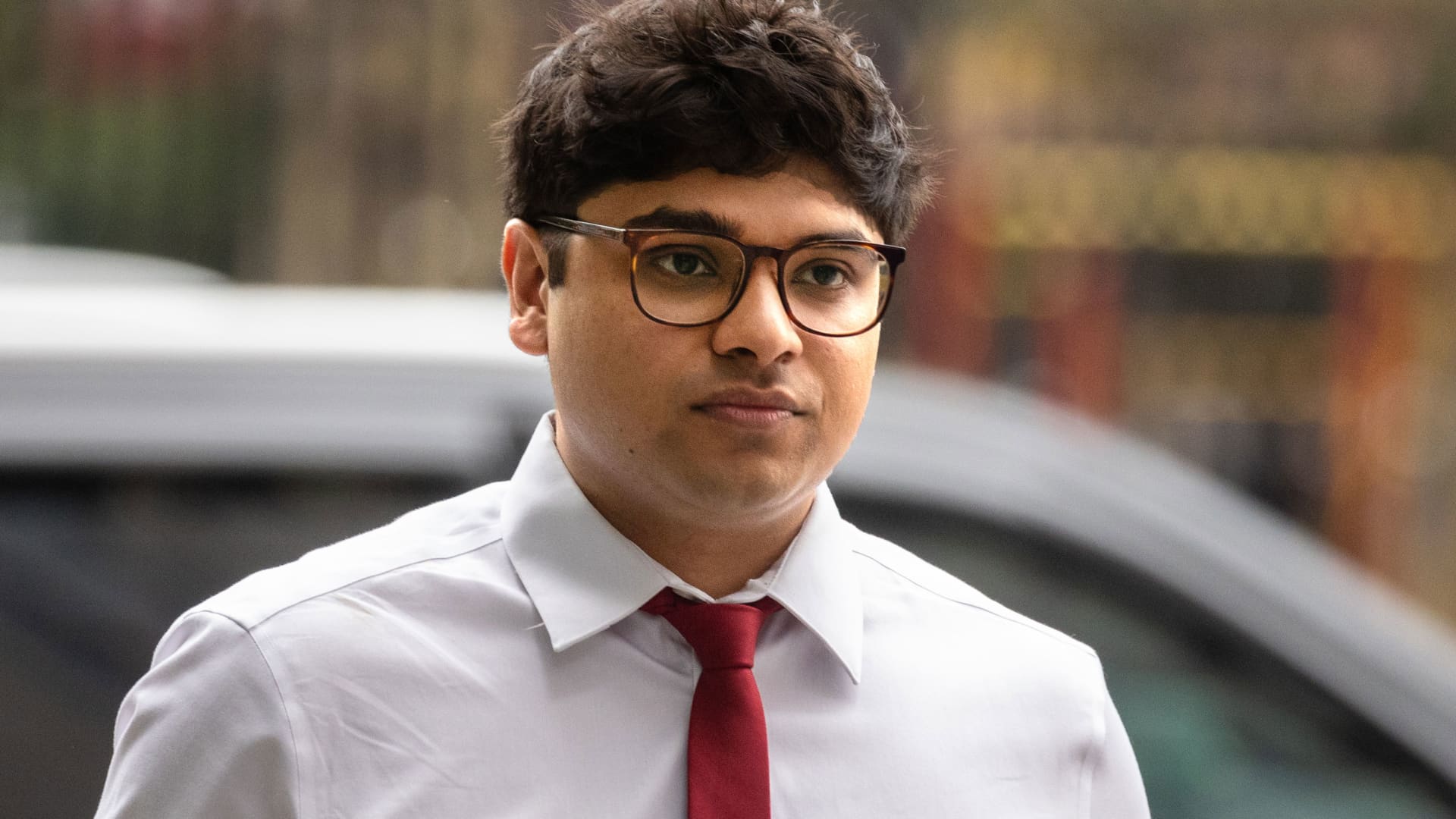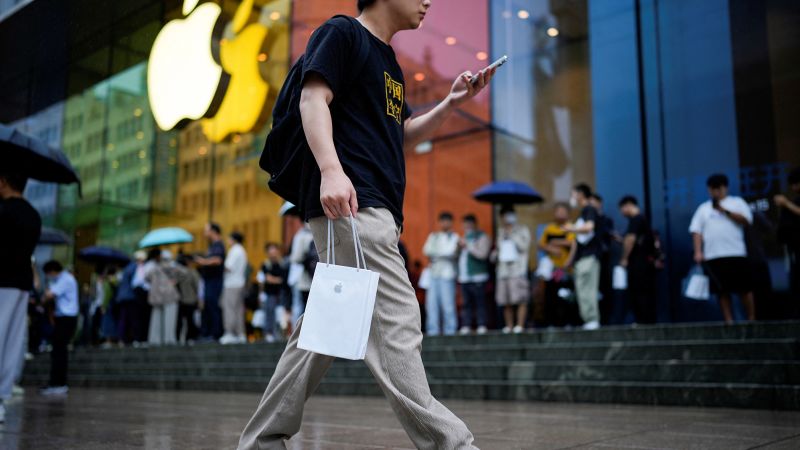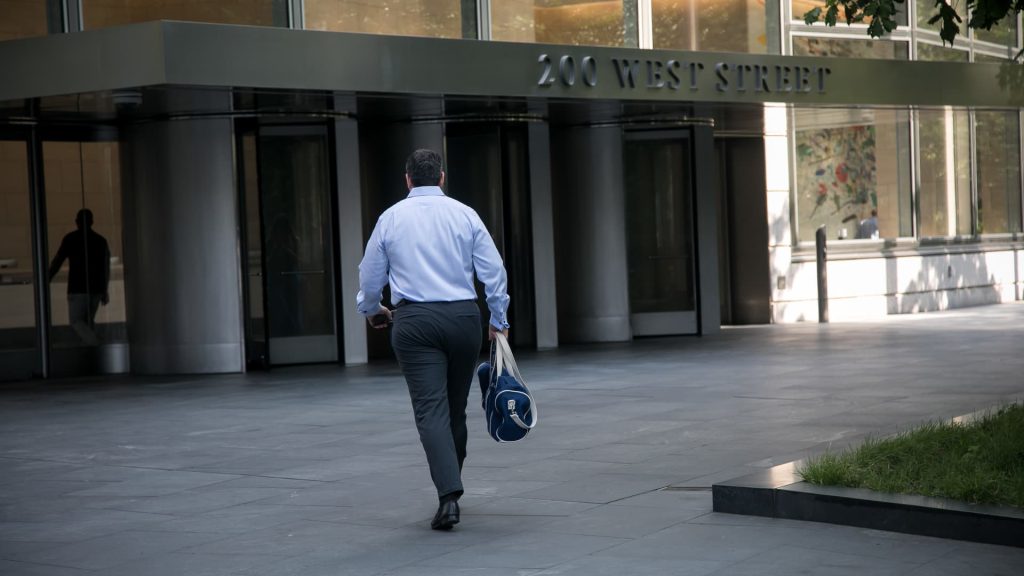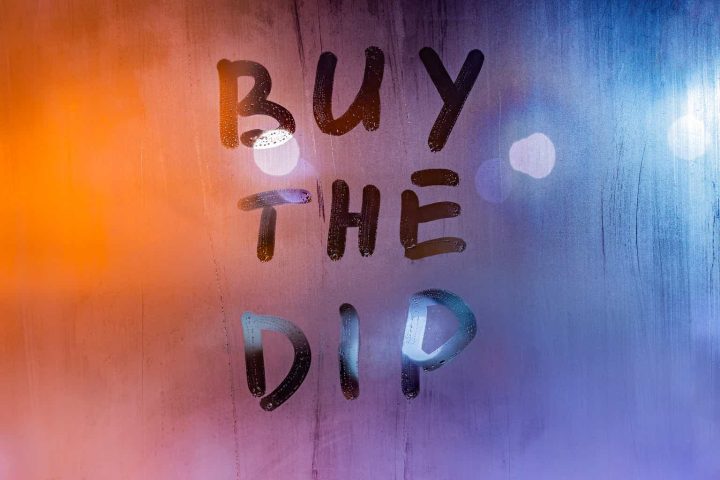Nishad Singh, FTX’s former director of engineering, told jurors Monday that Sam Bankman-Fried, the founder of the failed crypto exchange, spent huge sums of money on everything from real estate and venture investments to campaign donations and celebrity endorsements.
Singh took the stand in Manhattan federal court, as the third week of Bankman-Fried’s criminal trial kicked off, with prosecutors continuing to call the defendant’s onetime closest confidants to the stand. Ex-girlfriend Caroline Ellison, who ran sister hedge fund Alameda Research, testified last week. She was preceded by Bankman-Fried’s former close friend and college roommate Gary Wang, who was an FTX co-founder.
In response to questions from Assistant U.S. Attorney Nicolas Roos, Singh said he frequently went to Bankman-Fried to voice his concerns over the company’s spending. He told the court that he would tell Bankman-Fried he was “embarrassed” and “ashamed,” and that the level of spending “reeked of excessiveness” and “flashiness.”
How Bankman-Fried, 31, spent FTX money is a critical piece of the prosecution’s case because the bulk of the alleged fraud revolves around what happened to billions of dollars of customer funds that were supposed to be invested in crypto and held in client accounts but later disappeared. Bankman-Fried faces seven criminal counts related to the collapse of FTX and Alameda, including wire fraud, securities fraud and money laundering that could put him in prison for life. He’s pleaded not guilty.
Like Ellison, Singh is cooperating with the prosecution as part of a plea deal he agreed to in February. At the time, Singh pleaded guilty to six charges, including conspiracy to commit securities fraud, conspiracy to commit money laundering and conspiracy to violate campaign finance laws.
Singh, who grew up in the Bay Area, testified that he met the defendant during his sophomore or junior year of high school, through Bankman-Fried’s younger brother, Gabe. Singh studied electrical engineering and computer science at the University of California at Berkeley and briefly worked at Facebook before joining Alameda in 2017.
Regarding the technology at FTX and Alameda, Singh said, “Sam didn’t code himself, but he was very involved in the coding process” and the minutiae of the architecture. “Sam designed all the rules for margin system and the liquidation engine,” which were “core to FTX,” he said.
Singh said he lived with Bankman-Fried in late 2021 at FTX’s lavish property in the Bahamas. He said he had “always been intimidated by Sam,” calling him a “formidable character.” But he said his admiration and respect “eroded over time.”
He said he first learned in mid-2022 of the hole in the balance sheet and the massive amounts of money Bankman-Fried had spent on real estate, startup investments, speculative bets and political donations.
Hundreds of millions of dollars in endorsements
The court showed a spreadsheet of investments made in 2021. They included $1 billion to Genesis for a mining company, $499 million to startup Anthropic and $200 million to investment firm K5.
Singh said the K5 outlay was most troubling. He said Bankman-Fried sent him a term sheet detailing hundreds of millions of dollars of bonuses to the owners, Michael Kives and Bryan Baum. That followed a K5 dinner Bankman-Fried attended alongside Hillary Clinton, Katy Perry, Orlando Bloom, Leonardo DiCaprio, and Kris and Kylie Jenner.
Singh said he told Bankman-Fried he was very concerned and that the K5 investment was “value extractive.” He also said he asked Bankman-Fried if the investment was made with his money, not FTX’s. The spreadsheet showed it came from Alameda.
Before the court took a break, the jury was given a separate spreadsheet of celebrity sponsorship deals. They included $205 million for FTX arena in Miami, $150 million to Major League Baseball, $28.5 million to Stephen Curry, $50 million to Tom Brady and Giselle Bundchen, and $10 million to Larry David. The deals on the spreadsheet amounted to a total of $1.13 billion.
Singh admitted that even after learning customer money was involved in FTX spending, he still implicitly and explicitly gave the green light for transactions.
Singh said he owned 6% or 7% of FTX, making him a paper billionaire when the company was valued by private investors at $32 billion in early 2022.
When he brought his concerns about profligate spending to Bankman-Fried, Singh said, he often got no response. If Bankman-Fried did reply, he would say that Singh didn’t have sufficient context, according to the testimony.
Singh gave an example of a more public interaction at work, when he said the company was “fleeced for $20 million.” Singh said Bankman-Fried lashed out at him and said people like him were responsible for sowing seeds of doubt and were the real problem.
Prior to the resumption of the trial at 9:30 a.m. on Monday, Bankman-Fried’s lawyers placed a late-night appeal on Sunday to U.S. District Judge Lewis Kaplan, requesting that their client be given more Adderall before being taken to the courthouse. Bankman-Fried told a Bahamas judge in December that he took medication to treat depression and attention deficit hyperactivity disorder, or ADHD.
The trial is expected to last well into November.
WATCH: Caroline Ellison details SBF’s involvement in running Alameda Research
Don’t miss these CNBC PRO stories:
Read the full article here







